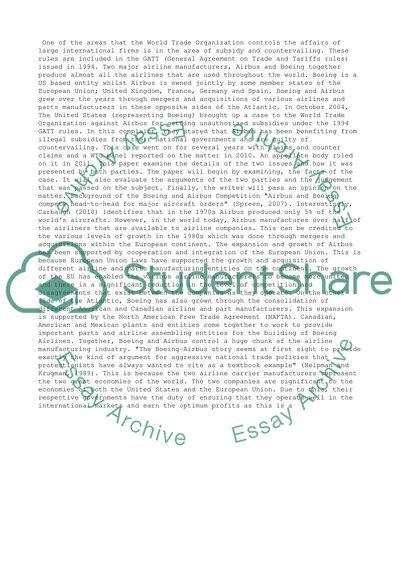Cite this document
(“Airbus vs. Boeing: Respective positions and the WTO's decision Essay”, n.d.)
Airbus vs. Boeing: Respective positions and the WTO's decision Essay. Retrieved from https://studentshare.org/business/1402187-airbus-vs-boeing-respective-positions-and-the-wto
Airbus vs. Boeing: Respective positions and the WTO's decision Essay. Retrieved from https://studentshare.org/business/1402187-airbus-vs-boeing-respective-positions-and-the-wto
(Airbus Vs. Boeing: Respective Positions and the WTO'S Decision Essay)
Airbus Vs. Boeing: Respective Positions and the WTO'S Decision Essay. https://studentshare.org/business/1402187-airbus-vs-boeing-respective-positions-and-the-wto.
Airbus Vs. Boeing: Respective Positions and the WTO'S Decision Essay. https://studentshare.org/business/1402187-airbus-vs-boeing-respective-positions-and-the-wto.
“Airbus Vs. Boeing: Respective Positions and the WTO'S Decision Essay”, n.d. https://studentshare.org/business/1402187-airbus-vs-boeing-respective-positions-and-the-wto.


